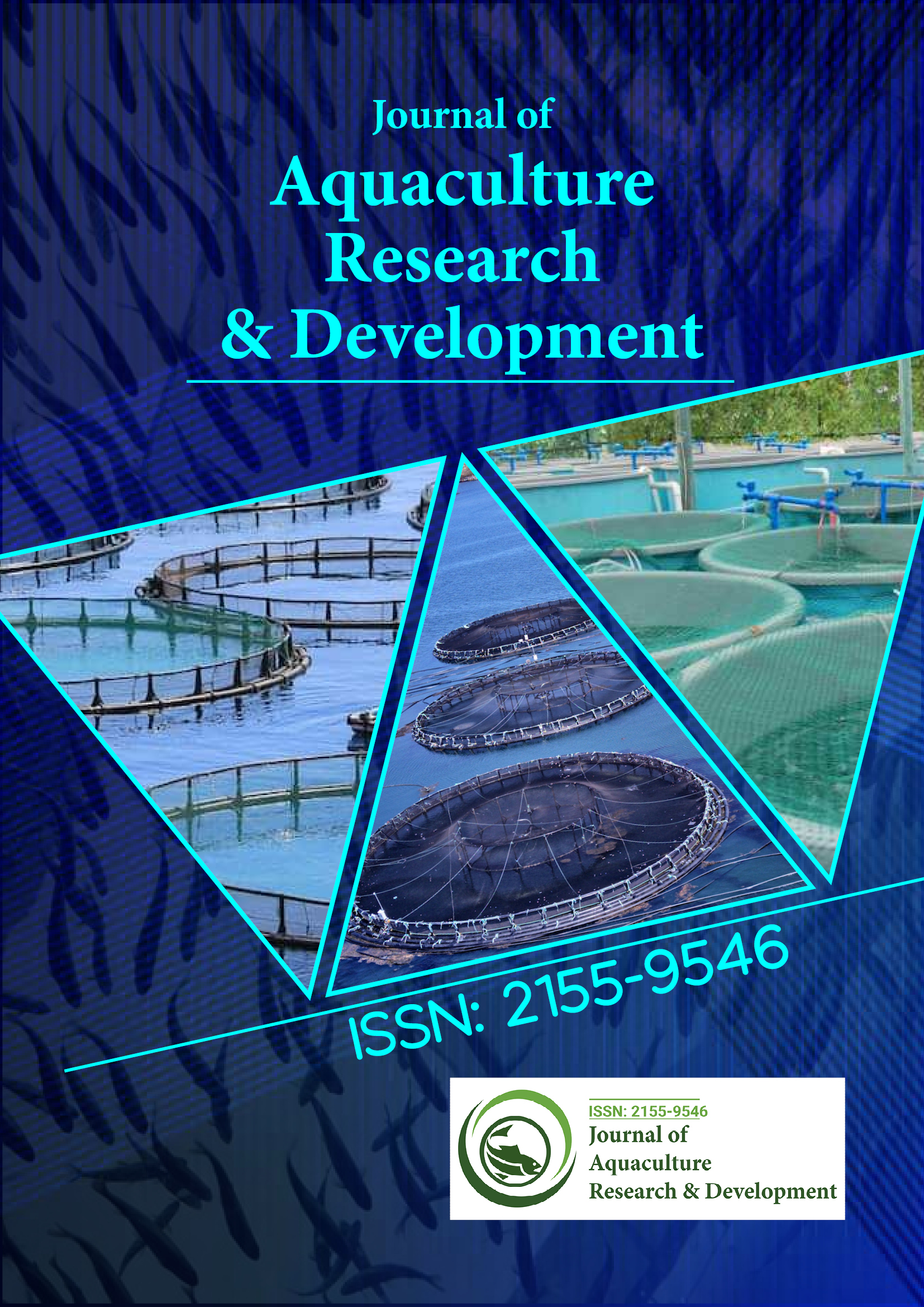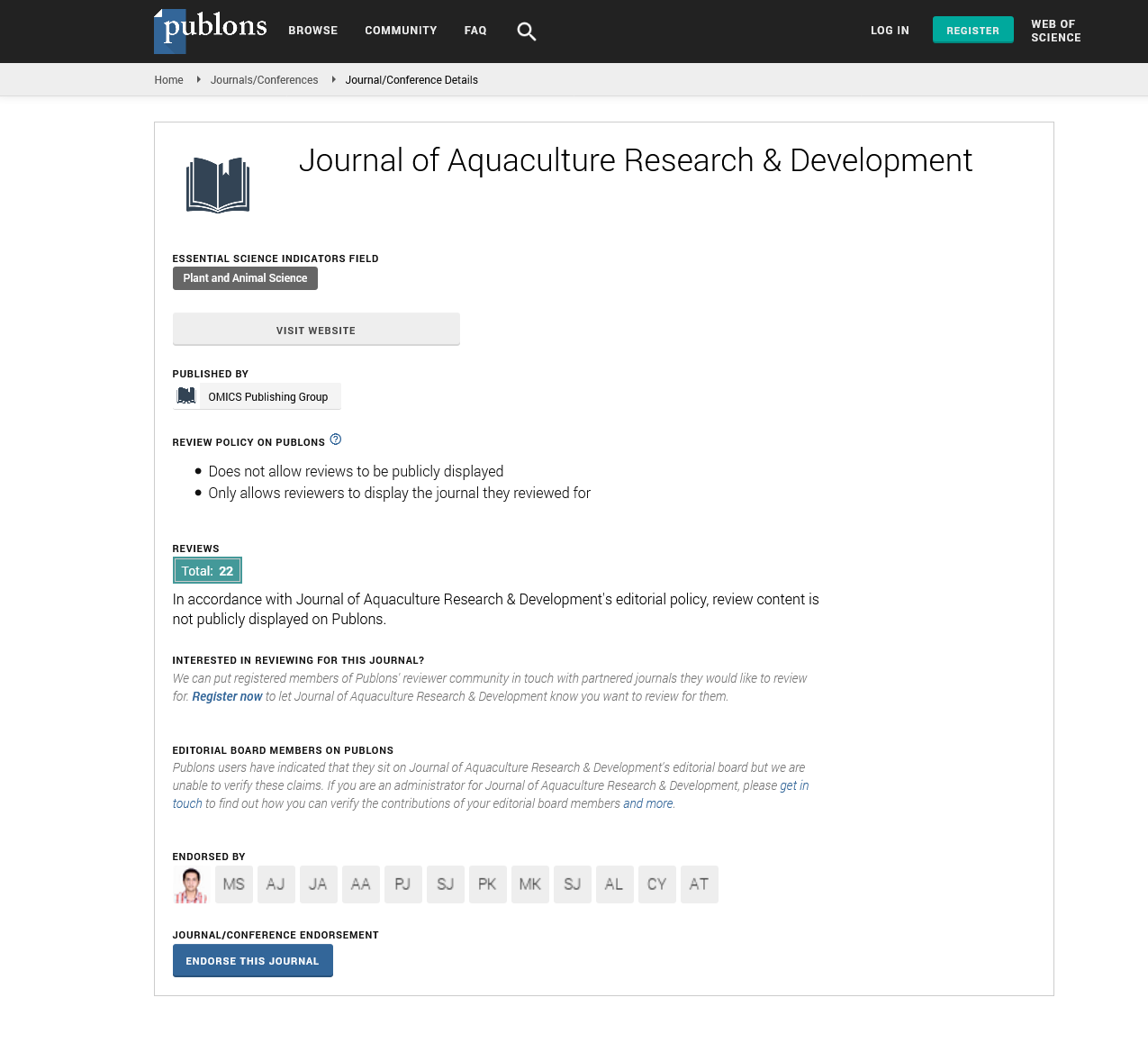Indexed In
- Online Access to Research in the Environment (OARE)
- Open J Gate
- Genamics JournalSeek
- JournalTOCs
- Scimago
- Ulrich's Periodicals Directory
- Access to Global Online Research in Agriculture (AGORA)
- Electronic Journals Library
- Centre for Agriculture and Biosciences International (CABI)
- RefSeek
- Directory of Research Journal Indexing (DRJI)
- Hamdard University
- EBSCO A-Z
- OCLC- WorldCat
- Scholarsteer
- SWB online catalog
- Virtual Library of Biology (vifabio)
- Publons
- MIAR
- University Grants Commission
- Euro Pub
- Google Scholar
Useful Links
Share This Page
Journal Flyer

Open Access Journals
- Agri and Aquaculture
- Biochemistry
- Bioinformatics & Systems Biology
- Business & Management
- Chemistry
- Clinical Sciences
- Engineering
- Food & Nutrition
- General Science
- Genetics & Molecular Biology
- Immunology & Microbiology
- Medical Sciences
- Neuroscience & Psychology
- Nursing & Health Care
- Pharmaceutical Sciences
Opinion - (2024) Volume 15, Issue 11
Importance of Adaptable Infrastructure in Marine Aquacultur
Ancho Amorites*Received: 28-Oct-2024, Manuscript No. JARD-24-27649; Editor assigned: 30-Oct-2024, Pre QC No. JARD-24-27649 (PQ); Reviewed: 13-Nov-2024, QC No. JARD-24-27649; Revised: 20-Nov-2024, Manuscript No. JARD-24-27649 (R); Published: 27-Nov-2024, DOI: 10.35248/2155-9546.24.15.927
Description
Marine aquaculture, also known as mariculture, involves the cultivation of aquatic organisms such as fish, shellfish and seaweed in oceanic or coastal waters. It requires specialized infrastructure to support the farming process while ensuring efficiency, sustainability and minimal environmental impact. The choice of infrastructure depends on factors like species being farmed, environmental conditions and the scale of operations.
Cage systems are among the most widely used infrastructures for marine aquaculture. These systems consist of enclosures or nets that hold fish in open water, allowing natural water flow to provide oxygen and carry away waste. Floating cages are secured on the water's surface using buoys and anchor systems. They are used in sheltered coastal areas with calm waters. Materials such as high-density polyethylene or galvanized steel are commonly used for cage frames, while nets are designed to resist corrosion and predator intrusion.
Submersible cages are positioned below the water's surface, making them suitable for offshore environments with high wave action. They are more durable and reduce risks associated with surface-level activities, such as storms and boat traffic.
Longline systems are primarily used for farming shellfish and seaweed. This infrastructure involves horizontal lines suspended in the water column, supported by buoys and anchors. Mussels, oysters and scallops are grown on ropes or mesh bags attached to longlines. This method allows shellfish to filter feed naturally while remaining suspended in clean, nutrient-rich water. Seaweed is cultivated by attaching seedlings to ropes that hang from the longlines. This system is ideal for large-scale seaweed farming, particularly in regions with strong currents that facilitate nutrient uptake. Rack-and-bag systems are used for intertidal shellfish farming, such as oysters and clams. These systems involve placing bags of shellfish on elevated racks made of metal or wood.
The racks keep the shellfish off the seabed, reducing exposure to predators and sediment. The intertidal location allows shellfish to benefit from tidal water movement, which provides oxygen and food. This system is particularly effective in estuarine and coastal regions with gentle tidal currents. Raft systems are designed for shellfish and seaweed cultivation in deeper waters. Floating rafts support ropes or nets, allowing organisms to grow in the water column. Mussels are often grown using suspended ropes or socks attached to the underside of rafts. The design ensures efficient water circulation, which promotes growth and prevents fouling. Seaweed cultivation on rafts involves attaching fronds or seedlings to ropes that dangle into the water. This approach maximizes space utilization while allowing seaweed to access sunlight and nutrients. Pond systems are used in coastal areas where land can be converted into brackish water ponds for aquaculture. These systems are typically used for shrimp, milkfish and other brackish-water species. Traditional earthen ponds are excavated in coastal soils and lined with clay or sand to hold water. They defend on natural tidal flow or pump systems to circulate water. Modern pond systems often use liners made of plastic or rubber to reduce seepage and improve water quality management. Lined ponds are particularly suitable for areas with sandy or porous soils. Recirculating Aquaculture Systems (RAS) are land-based facilities that use tanks and water treatment units to farm marine species. These systems recycle water through filters, biofilters and oxygenation units, creating a controlled environment for aquaculture. Marine species such as sea bass, grouper and shrimp are grown in large tanks filled with seawater. RAS ensures minimal water usage and prevents environmental contamination. Some facilities integrate multiple species in RAS, such as combining fish with aquatic plants or shellfish, to create a balanced ecosystem where waste from one organism benefits another. Integrated Multi-Trophic Aquaculture systems (IMTA) combine different species at varying trophic levels within the same environment. Fish, shellfish and seaweed are grown together to improve nutrient recycling and overall sustainability. Nearshore IMTA systems use cages, longlines and rafts to cultivate fish alongside shellfish and seaweed. The waste from fish serves as nutrients for shellfish and seaweed, reducing environmental impact. Offshore IMTA systems adapt similar principles to deeper waters, using strong infrastructure like submersible cages and longlines to withstand harsh marine conditions. Hatcheries and nurseries are essential for producing juvenile marine organisms before they are transferred to growout systems. These facilities require specialized equipment to ensure the survival and growth of larvae and juveniles.
Hatchery tanks are used to rear marine fish and shellfish larvae. They are equipped with aeration systems, temperature controls and microalgae cultivation units for larval feeding. Nursery ponds or tanks provide an intermediate environment for juveniles to grow before being moved to production systems. Proper management ensures a high survival rate and prepares juveniles for the transition to grow-out systems.
Citation: Amorites A (2024). Importance of Adaptable Infrastructure in Marine Aquaculture. J Aquac Res Dev. 15:927.
Copyright: © 2024 Amorites A. This is an open-access article distributed under the terms of the Creative Commons Attribution License, which permits unrestricted use, distribution and reproduction in any medium, provided the original author and source are credited.

